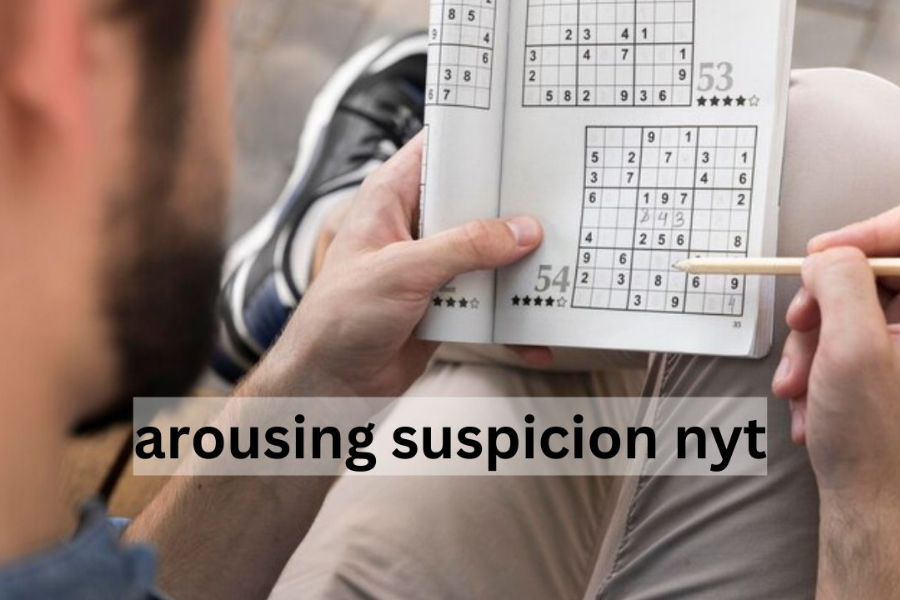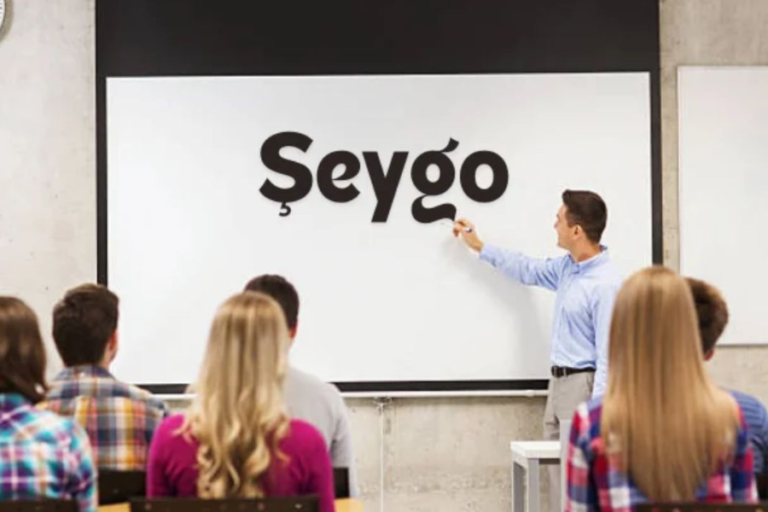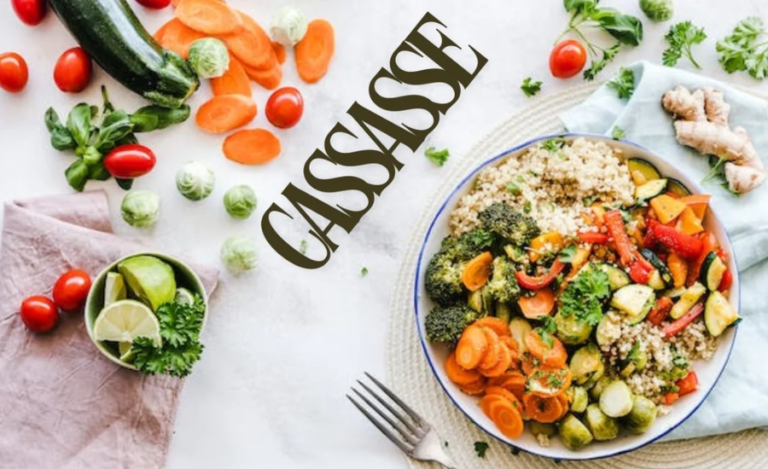The Role of ‘Arousing Suspicion’ in NYT Crosswords: A Closer Look at Puzzle Themes
Introduction
For many aficionados, solving the New York Times Crossword Puzzle is more than just a pastime—it’s a beloved tradition. Each week, puzzle enthusiasts gather at their tables, pencils poised, ready to confront the latest challenge. This ritual is about more than merely filling in squares; it involves unraveling clues that test both our vocabulary and intellectual prowess.
Among the myriad clues that appear, one phrase often piques interest: “arousing suspicion.” This clue invites solvers into a world of intrigue, where words and meanings intertwine in a complex dance. But what deeper meaning does this clue hold? By exploring its role within NYT articles and broader contexts, we uncover layers that extend beyond the puzzle itself. Let’s dive into why “arousing suspicion” is more than just a crossword clue—it’s a reflection of deeper themes and conversations.
The Clue: Arousing Suspicion NYT
For countless individuals, the New York Times Crossword Puzzle represents more than a challenge; it’s a cherished ritual. Each week, enthusiasts take up their pencils and face the intricate clues presented in the puzzle. This endeavor involves more than completing a grid; it’s about deciphering clues that stretch our linguistic and cognitive abilities.
One particularly engaging phrase that often appears is “arousing suspicion.” This clue leads solvers on a journey through a web of interpretations and meanings. What makes this clue stand out? By examining its significance in the context of NYT articles, we discover that it taps into broader themes and discussions, extending its relevance beyond the crossword puzzle. Join us as we explore the importance of “arousing suspicion” in both the puzzle and wider contexts.
Common Themes and Clues in NYT Crossword Puzzles
The New York Times Crossword puzzles frequently feature recurring themes that captivate solvers and keep them engaged. Among these themes, clues related to celebrities are particularly prevalent. These clues often reference famous movies, popular songs, or iconic TV characters, evoking nostalgia and drawing solvers into a shared cultural experience.
Wordplay also plays a significant role in these puzzles. Constructors frequently employ puns and double entendres, challenging solvers to think creatively and embrace unconventional approaches. This clever use of language adds an extra layer of enjoyment and complexity to the solving process.
Geography is another common theme in NYT Crosswords, with clues about cities, states, or historical landmarks from around the world. These clues not only test geographical knowledge but also provide insights into various cultures and global locations.
Literary references are also a staple of these puzzles. Clues may include excerpts from classic literature or mention renowned authors, inviting solvers to recall beloved books and literary works. These references transform the crossword-solving experience into a literary adventure, engaging solvers’ memories and imaginations.
How to Improve Crossword Solving Skills
Enhancing your crossword-solving skills requires a combination of practice and strategy. Begin by familiarizing yourself with common abbreviations and frequently used clues. This knowledge will help you quickly fill in answers and navigate the grid more efficiently.
Regular practice is key. The more you solve crosswords, the more you’ll recognize recurring themes and words, making it easier to identify patterns and solve clues.
Using reference materials, such as dictionaries or online resources, can also be invaluable. These tools can provide insights into unfamiliar clues and expand your understanding of complex puzzles.
Consider joining crossword communities, whether online or in person. Engaging with others can offer new perspectives on challenging clues and enhance your problem-solving techniques.
Most importantly, enjoy the process. Approach each puzzle with curiosity and enthusiasm rather than stress. Celebrate small victories, and remember that every completed clue is a step toward mastering this engaging hobby.
Conclusion
The New York Times Crossword Puzzle is more than just a game; it’s a treasured tradition that challenges solvers to think critically and creatively. Among the many intriguing clues, “arousing suspicion” stands out as a particularly compelling entry. This clue not only enhances the puzzle-solving experience but also mirrors broader themes found in NYT articles, where language is used to provoke thought and spark discussion. As you continue your crossword journey, remember that each clue offers an opportunity to learn and grow, both intellectually and culturally.
FAQs
Why is the clue “arousing suspicion” significant in the NYT Crossword Puzzle?
The clue “arousing suspicion” is significant because it prompts solvers to delve deeper into meanings and interpretations. It challenges players to think beyond the surface, reflecting the nuanced language often used in NYT articles.
How can I improve my crossword-solving skills?
To improve your crossword-solving skills, practice regularly, familiarize yourself with common clues and abbreviations, and use reference materials like dictionaries. Engaging with crossword communities can also provide valuable insights.
What are some common themes in NYT Crossword Puzzles?
Common themes include celebrity references, wordplay, geography, and literary allusions. These themes challenge solvers to draw on diverse knowledge and think creatively.
How does solving crosswords benefit cognitive skills?
Solving crosswords enhances cognitive skills by improving vocabulary, memory, and problem-solving abilities. It requires critical thinking and pattern recognition, which can sharpen mental acuity.
Are there strategies for tackling difficult crossword clues?
Yes, strategies include starting with easier clues to fill in letters, looking for patterns, and using the process of elimination. Consulting external resources or discussing clues with others can also provide helpful insights.
Stay informed with the news and updates on englandtribune






